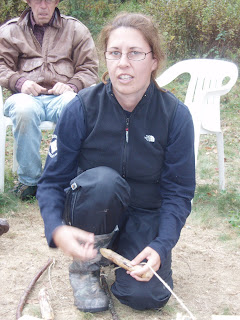








Camera Trapping
Many animals are reclusive or diurnal. This makes it difficult to observe them. Trapping larger mammals in restrictive traps is traumatic and poses the threat of injury to the animal. Camera trapping provides a limited view of these animals in their natural habitat. Special cameras that Cameras are triggered by movement, and equipped with electronic lighting, which can be used, day or night, to record these animals’ activities.
Many animals are reclusive or diurnal. This makes it difficult to observe them. Trapping larger mammals in restrictive traps is traumatic and poses the threat of injury to the animal. Camera trapping provides a limited view of these animals in their natural habitat. Special cameras that Cameras are triggered by movement, and equipped with electronic lighting, which can be used, day or night, to record these animals’ activities.












































